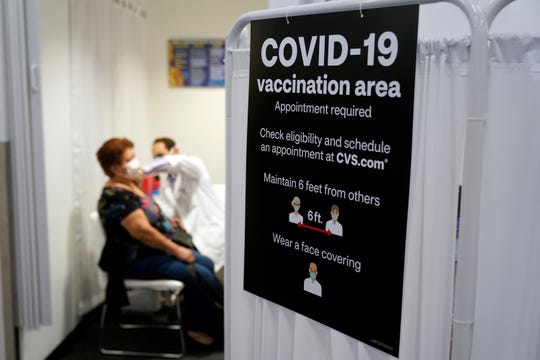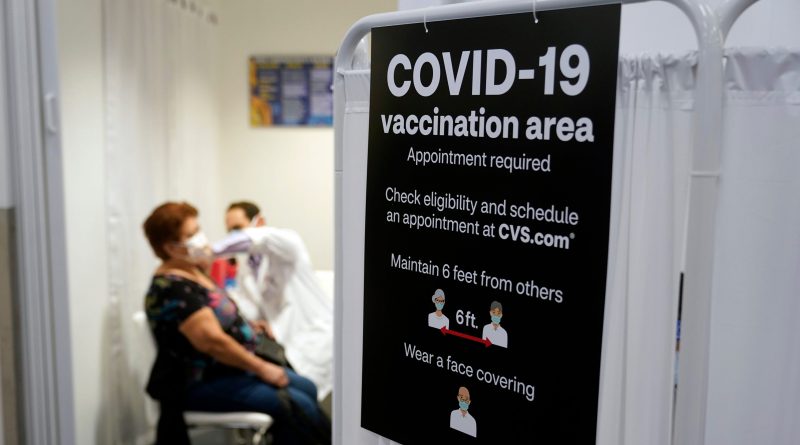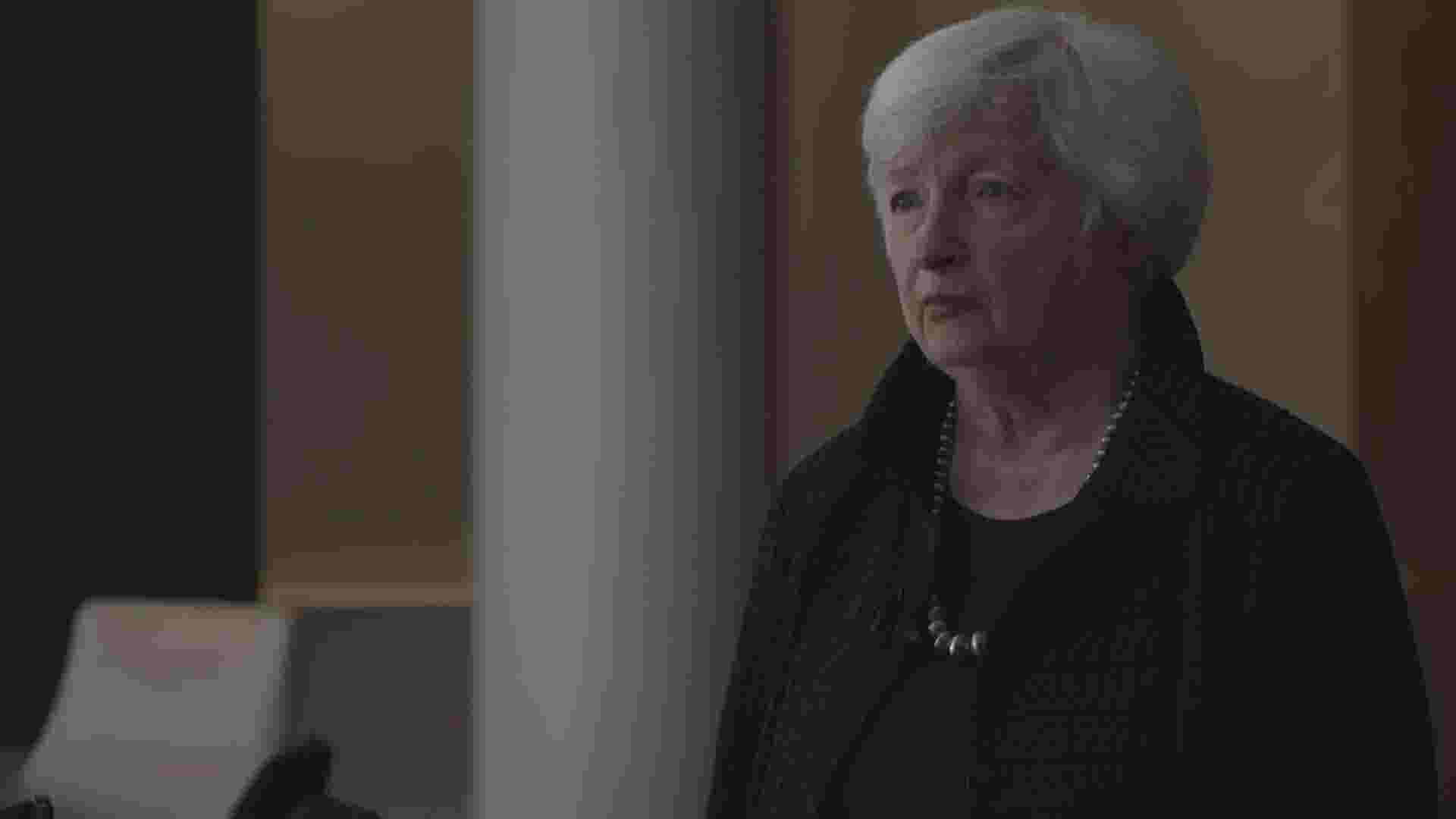WHO; COVAX vaccine; Twitter misinformation; 514K US deaths
The U.S. vaccine campaign has heightened tensions between rural and urban America, where educators in urban counties are driving hours to rural areas to get vaccinated. (March 1)
AP Domestic
Health care experts are warning that it might be too soon to think the COVID-19 pandemic will be over by the end of 2021.
The emergencies chief of the World Health Organization said it was “premature” to think that the pandemic might be stopped by the end of the year, but the roll-out of vaccines could at least help dramatically reduce hospitalizations and death. Dr. Michael Ryan said at a press briefing Monday that the world’s singular focus right now should be to keep transmission of COVID-19 as low as possible.
And President Joe Biden’s top public health officials warned Monday that the U.S. could “lose the hard-earned ground we have gained” if cases plateau at their current level.
Dr. Rochelle Walensky, director of the Centers for Disease Control and Prevention, said she was “deeply concerned” as new case counts stall but states continue their rollbacks of virus-related restrictions.
Another indication: It took the U.S. only two months – January and February of this year – to accumulate 160,209 COVID deaths. That’s more than the country registered in the first six months of the pandemic, and more than the current total for all but two nations, Brazil and Mexico.
It should also come as sobering news that on Sunday, for the first time in more than a month, a majority of states – 29 in all – reported rising case counts.
Also in February, known variant cases quintupled from 471 to 2,463 even as total coronavirus infections were dropping from a peak in January.
Also in the news:
►Many states prioritized COVID-19 vaccines for people over 75, then moved to those over 65, but they shouldn’t keep stepping down by age, an advisory committee to the Centers for Disease Control and Prevention said Monday.
►Apple has reopened all 270 of its stores across the U.S. as the effort to vaccinate more Americans against COVID-19 accelerates.
►Former President Donald Trump and his wife, Melania, were quietly vaccinated for COVID-19 in January before their departure from the White House, the New York Times reported. Though other high-level elected officials got vaccinated publicly to emphasize the vaccines’ safety, Trump did not. He did encourage his supporters to get vaccinated during a speech Sunday.
►The number of hospitals reporting full intensive care units has fallen by nearly 50% nationwide since early January, according to a USA TODAY analysis of data from the Department of Health and Human Services.
📈 Today’s numbers: The U.S. has more than 28.6 million confirmed coronavirus cases and 514,400 deaths, according to Johns Hopkins University data. The global totals: More than 114.4 million cases and 2.53 million deaths. More than 96.4 million vaccine doses have been distributed in the U.S. and about 76.8 million have been administered, according to the CDC.
📘 What we’re reading: Drugstore giants CVS and Walgreens and big-box stores such as Walmart and Kroger received most of the initial allotment of COVID-19 vaccines devoted to retail pharmacies. Community pharmacies want their share, too. Read the full story.
USA TODAY is tracking COVID-19 news. Keep refreshing this page for the latest updates. Want more? Sign up for our Coronavirus Watch newsletter for updates to your inbox and join our Facebook group.

A patient receives a shot of the Moderna COVID-19 vaccine at a CVS Pharmacy store in Los Angeles on Monday. (Photo: Marcio Jose Sanchez, AP)
Amid chaotic COVID-19 vaccine rollout, states work to connect shots with arms
“This is really a function of the total chaos of 50 state health systems in an uncoordinated, unresponsive, underreported system to the federal government,” said Barry Bloom, an immunologist and former dean of the Harvard T.H. Chan School of Public Health. “Crazy as that may be, that’s the American way.”
What’s remarkable, experts said, is how many find ways to make it work.
A look at the map of vaccine uptake shows a wide range across the USA. As of Monday, Alaska led at 23% of its population vaccinated withat least one dose, followed by New Mexico at 22%. On the low end were Georgia and Utah at 12% and Alabama, Tennessee and Texas at 13%.
– Elizabeth Weise and Karen Weintraub
Ivory Coast becomes first country to receive COVAX vaccine in UN initiative
Health care workers in the Ivory Coast in Africa became the first to receive a vaccine shipment form the U.N.-backed COVAX initiative. The program is meant to ensure inoculations against COVID-19 for the world’s most vulnerable but has been hampered by limited global supply and logistical problems.
Colombia also received a shipment Monday, becoming the first country in the Americas to receive a vaccine shipment. The arrival of 117,000 doses of the Pfizer/BioNTech vaccine to the capital city of Bogota came days after the one-year anniversary of the first coronavirus case discovered in the region.
COVAX plans to initially deliver more than 330 million vaccine doses in the first half of 2021, covering an average of 3.3% of the total populations of the 145 participating countries. Its full goal is to distribute 2 billion vaccine doses before 2022, distributing enough doses to allow countries to vaccine 20% of their populations.
Twitter works to stop misinformation, labeling COVID vaccine falsehoods
Twitter is bolstering its efforts to point out misinformation on the platform, a long-standing problem across social media that has taken on new urgency amid last year’s election and through the pandemic.
“Starting today, we will begin applying labels to Tweets that may contain misleading information about COVID-19 vaccines, in addition to our continued efforts to remove the most harmful COVID-19 misleading information from the service,” Twitter said in a blog post Monday.
Since introducing COVID-19 guidance last spring and announcing it would remove harmful, misleading information about vaccines in December, Twitter has removed more than 8,400 tweets and “challenged” 11.5 million accounts across the globe.
At first, labels will be applied to tweets by Twitter’s team when they determine that the content violates the company’s policy. After a while, those assessments will be used to inform Twitter’s automated tools to label similar content across the social media platform.
– Morgan Hines
Contributing: The Associated Press
Read or Share this story: https://www.usatoday.com/story/news/health/2021/03/02/covid-news-who-covax-vaccine-twitter-coronavirus/6877182002/
Shared From Source link Breaking News



